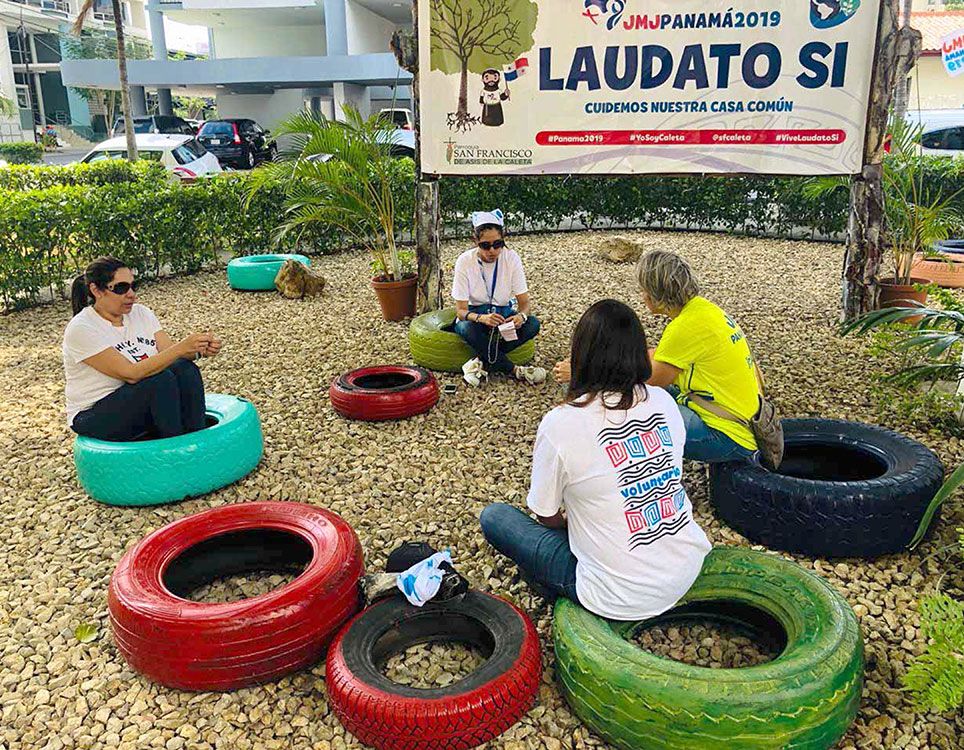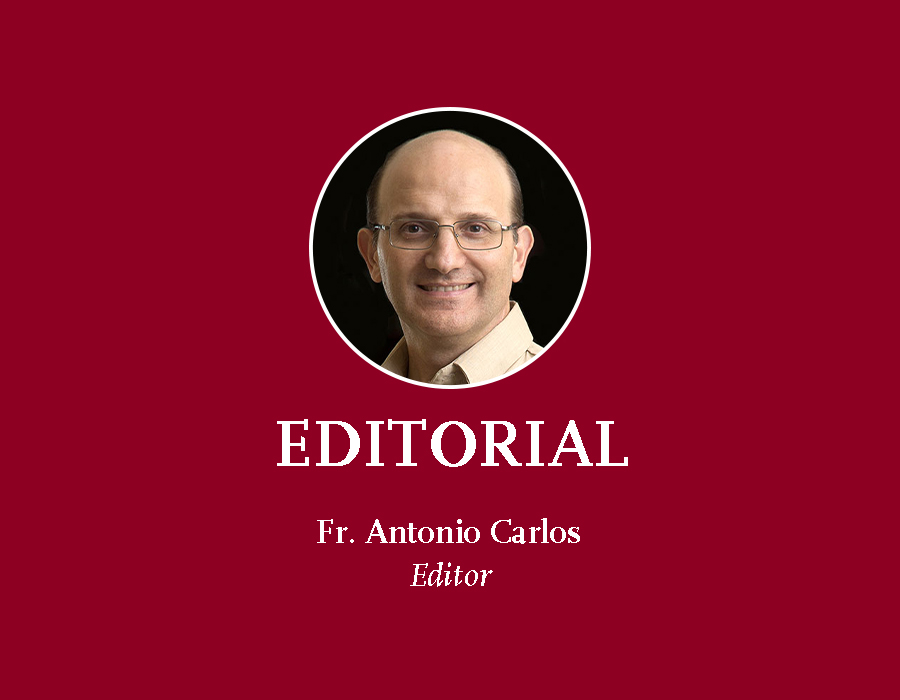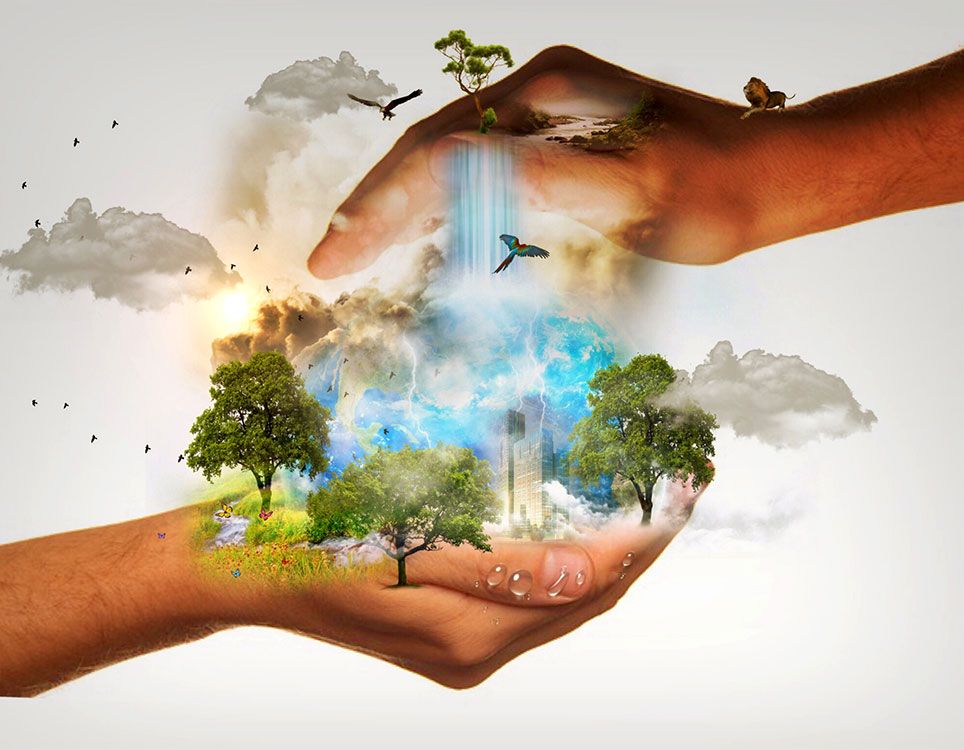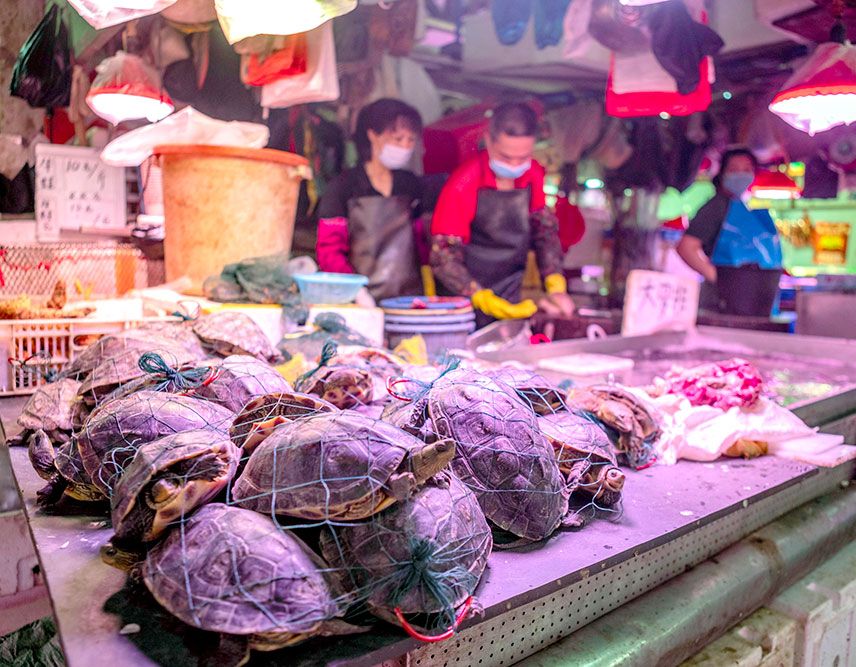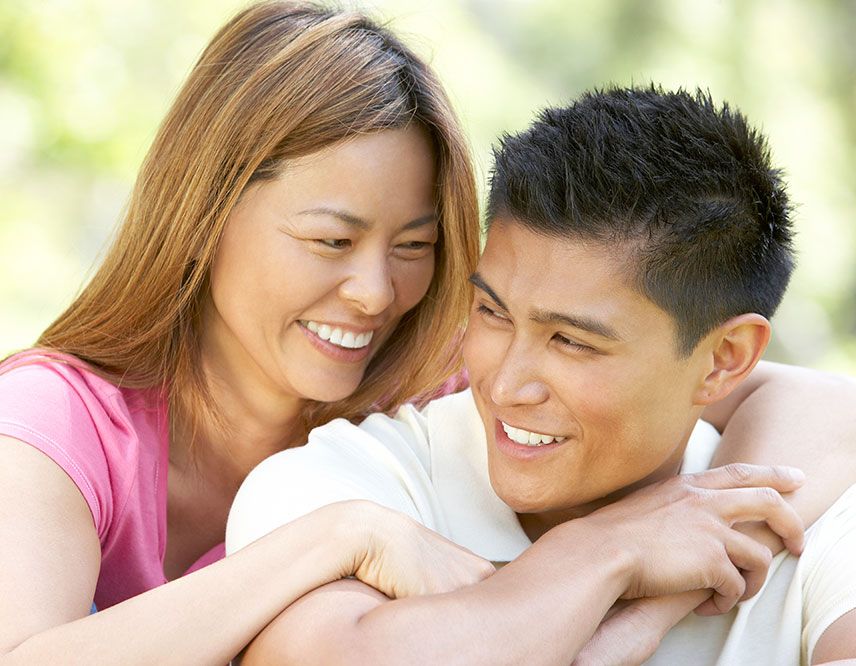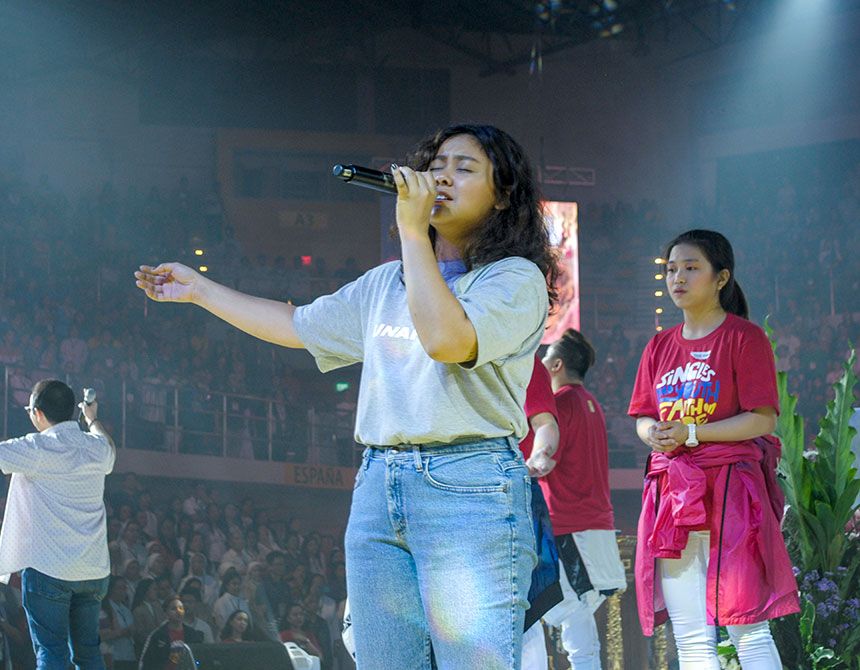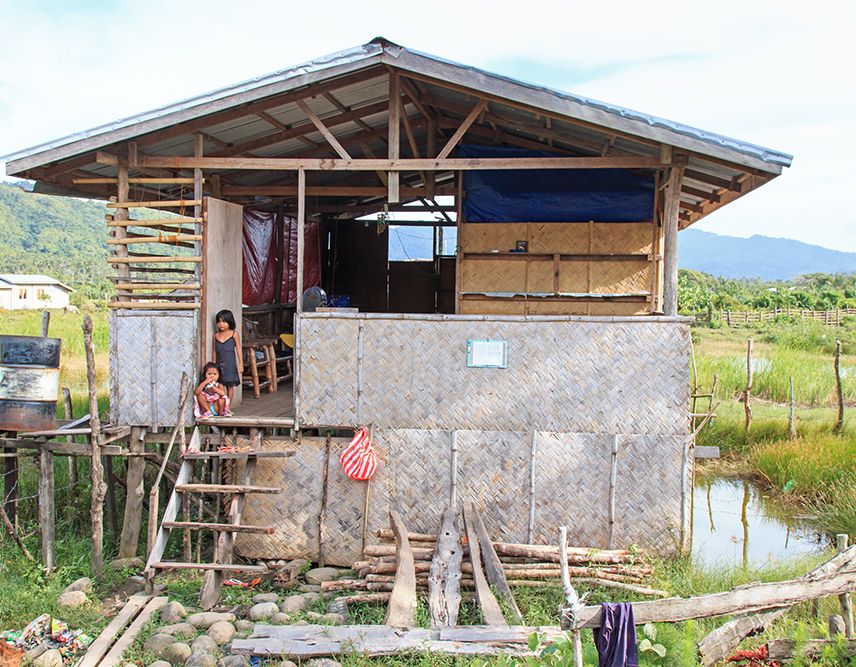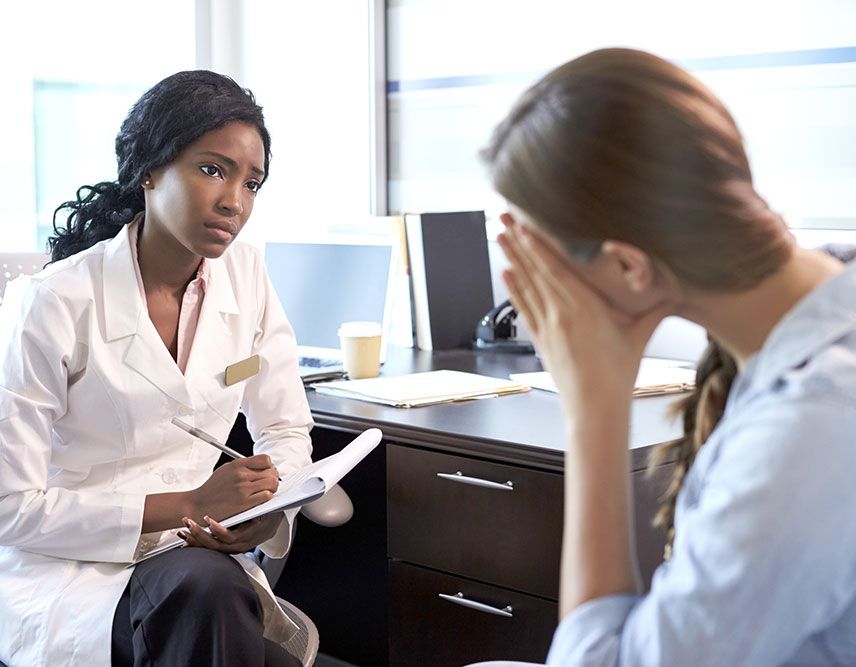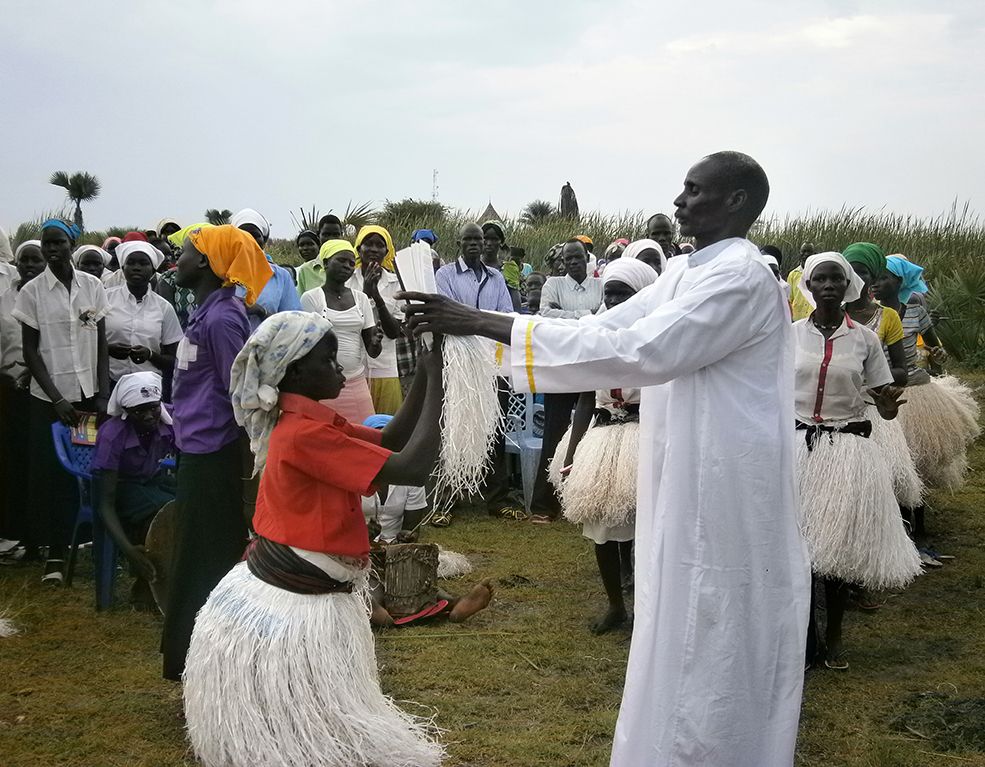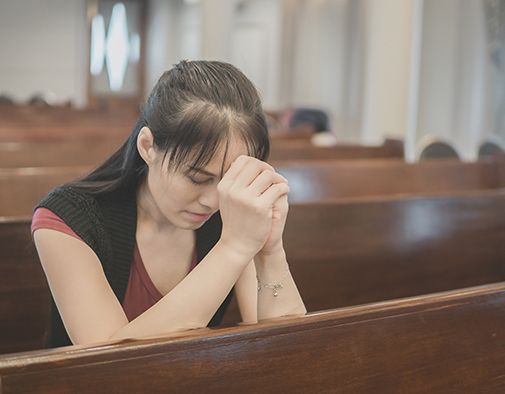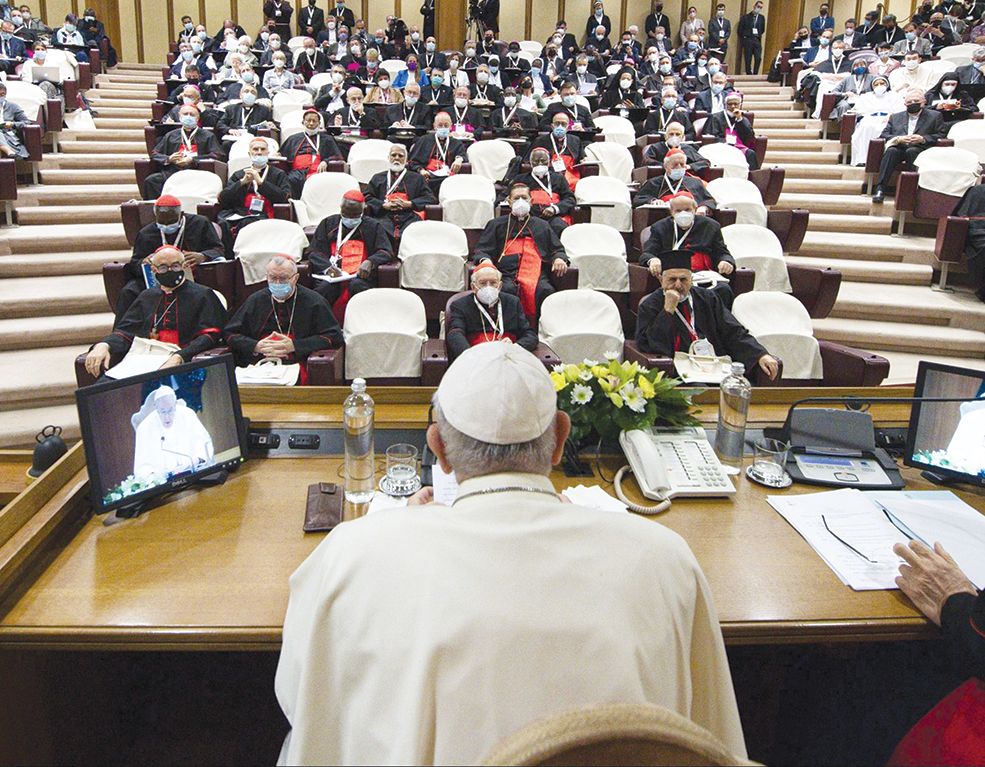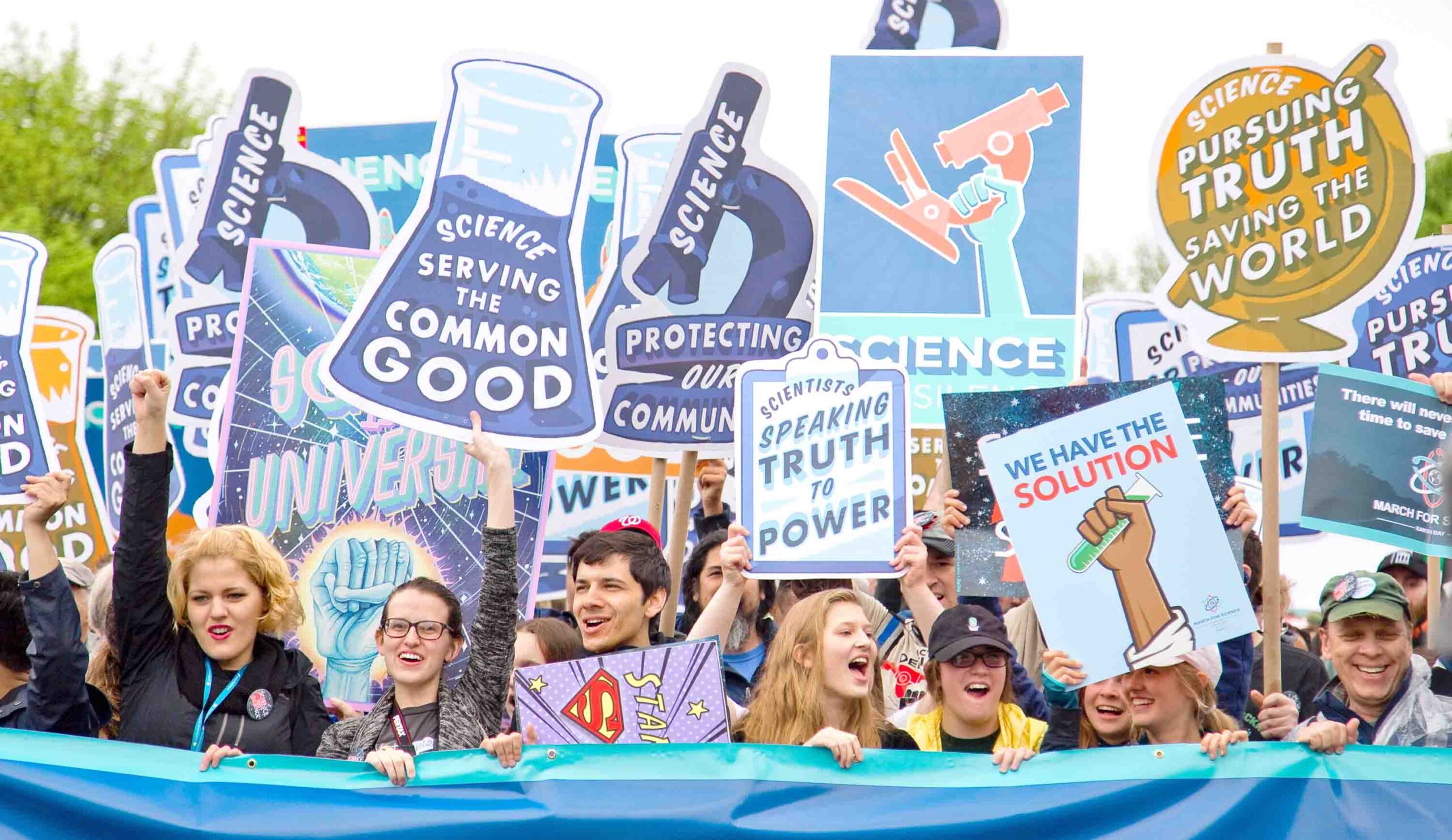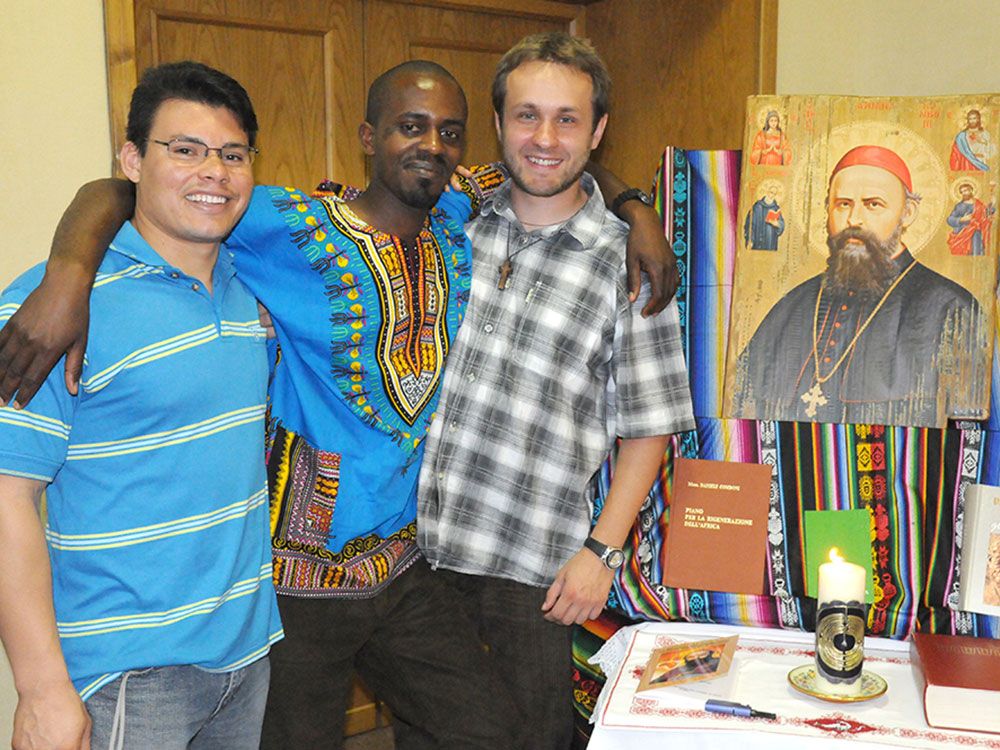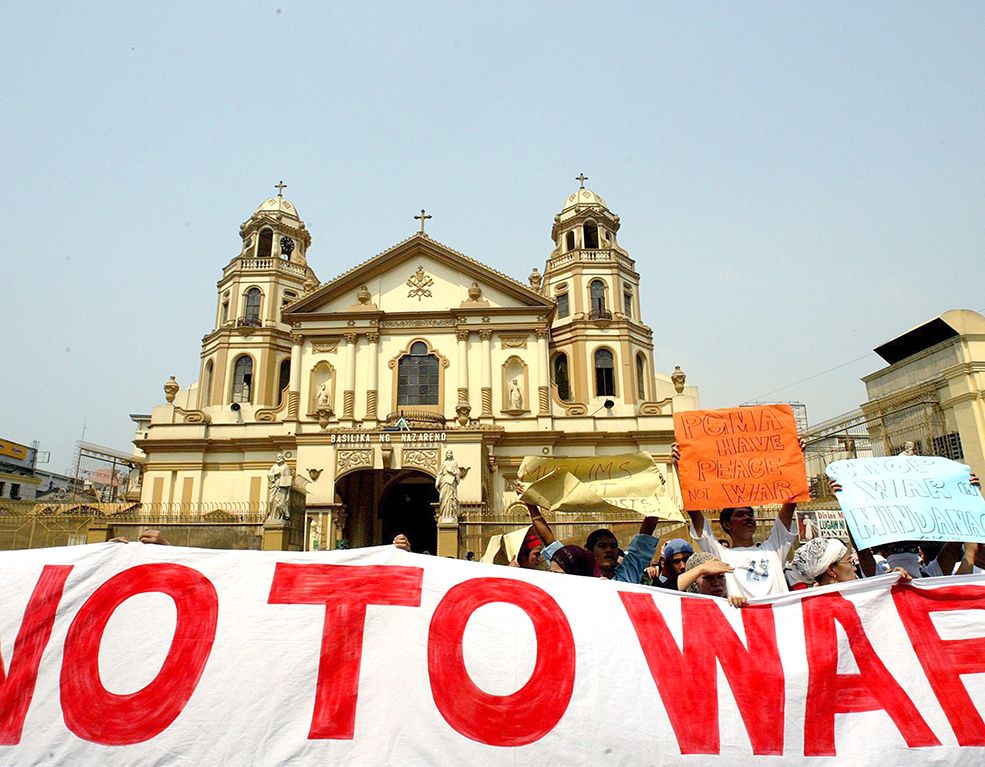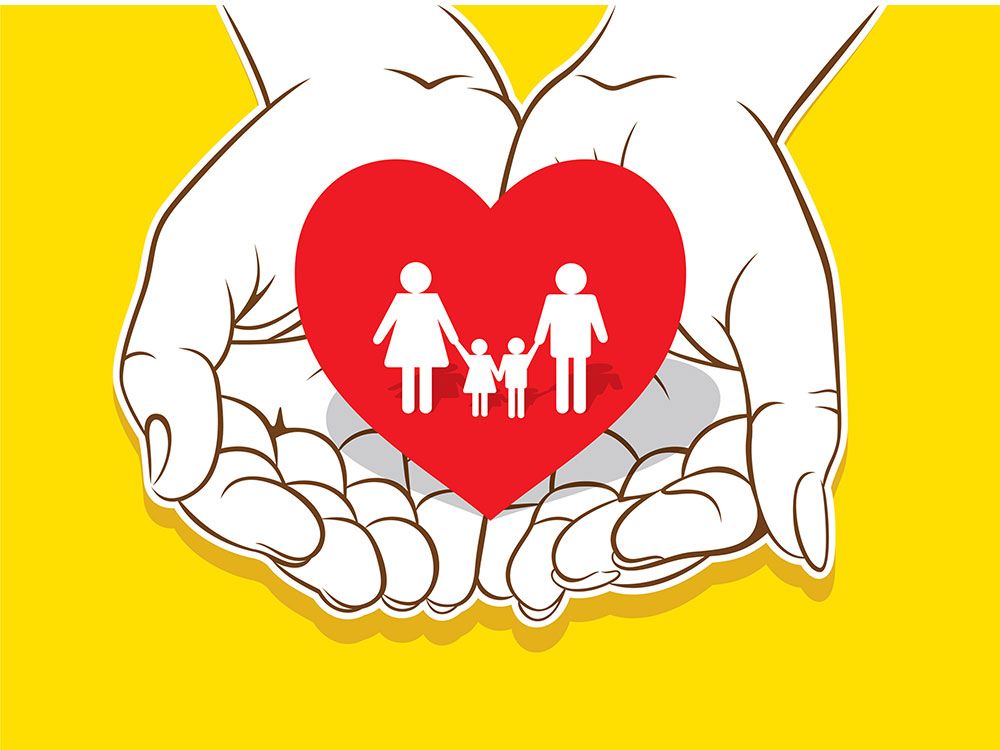There was a time when Br. Jaazeal Jakosalem had little success when he asked bishops in the Philippines to join campaigns against mining or coal-fired power plants endangering communities as well as the land.
It wasn’t that the bishops were ignoring the issues facing the environment–they had written half-dozen statements on the topic since the late 1980s. They just weren’t as visible in the struggle to do something about them, said Jakosalem, a lifelong environmental activist and a member of the Order of Augustinian Recollects.
Since the encyclical’s release, Jakosalem, better known as Brother Tagoy, says more bishops have joined him and other religious in speaking out against the construction of new coal-fired power plants and the damaging effects of mining on both communities and the land.
Last year, the Philippine bishops’ conference issued a pastoral letter on the “climate emergency,” calling the full church on the islands to an ecological conversion and to “activate climate action on behalf of the voiceless people and the planet.” “They are emboldened to act more for the caring of our environment,” Jakosalem told EarthBeat.
Even with those examples, the consensus among Catholic ecological leaders is those responses have been not nearly as widespread as Francis sought with his universal call “for a new dialogue about how we are shaping the future of our planet.”
The call for increasingly urgent action from a historically slow-moving institution is driven by awareness of the numerous crises facing the planet. The coronavirus pandemic struck at the start of a decade that climate scientists say is critical to reduce greenhouse gas emissions. Doing so would prevent the most severe consequences of climate change which threatens to exacerbate poverty, hunger, lack of water access, and migration, all impacting first and fiercest the world’s most vulnerable communities.
Responding On A Global Scale
Some of the biggest impacts from Laudato Si’ so far are found in what’s formed from it. Take the Global Catholic Climate Movement (GCCM). When it was launched in January 2015 during Francis’ papal trip to the Philippines–where he visited communities devastated by Typhoon Haiyan–it had 19 members. In five years, it has grown to more than 900 organizations, representing every continent and more than 50 countries.
The movement, often called GCCM by members, has spearheaded some of the more prominent responses to living out Laudato Si’, and all at a global scale. Months after forming, it generated 900,000 signatures for a Catholic Climate Petition, which was then delivered to world leaders at the COP 21 climate summit in Paris. It has trained more than 2,800 Laudato Si’ Animators, who are tasked with doing just as their name implies in their local communities. Another 5,000 are in training now.
Each Lent, GCCM has organized creation-centered programs. Through its divest-invest campaign, it has played a leading role in facilitating more than 180 Catholic institutions to publicly declare they will cease investments in the fossil fuel industry.
At World Youth Day 2019 in Panama, GCCM formed a youth branch called Laudato Si’ Generation. The group, now at 1,200 members worldwide, has brought a faith-based presence to the youth climate strikes.
Domenica Reyes, co-chair of Laudato Si’ Generation, said young Catholics see in Laudato Si’ a symbiosis between their faith and their concern for the environment. It’s become “a spark,” she added, empowering them to get involved and to press their politicians and priests alike to make environmental issues a priority.
Sowing Hope
One of the biggest initiatives around the encyclical to date has been the Sowing Hope for the Planet project, a campaign orchestrated by the International Union of Superiors General, an umbrella group representing 2,000 women religious congregations.
Sowing Hope for the Planet, for which GCCM is a collaborator, has seen Catholic sisters in the U.S. and Ghana partner in a plastic recycling program that reduces waste and provides jobs, and the Servants of the Holy Spirit Sisters work with other nongovernmental organizations to stop mining in West Timor.
Franciscan Sr. Sheila Kinsey, coordinator of Sowing Hope and UISG executive co-secretary of the justice, peace and integrity of creation commission, said the encyclical is clear, inspiring and practical. Now it’s up to the wider church to pursue the systematic change it says is necessary. “We must make a clear connection between our spiritual values and our daily actions,” she said.
GCCM also played a role in the creation of the Laudato Si’ Action Platform that invites Catholic institutions to commit to “total sustainability” within a seven-year period through an integral ecological approach.
Asked to grade the global church’s implementation so far, Tomás Insua, co-founder and executive director of the GCCM responded, “It’s low. A low grade.” But that grade is a mixed bag, he said, with Amazonian countries and the Philippines at the high end, and the United States and Europe on the lower side. “Encyclicals take time to sink in. A lot of time,” Insua said.
Season Of Creation
Along with the action platform, expected to launch in early 2021, the Vatican has introduced other prompts to spur action throughout the church. Pope Francis has recommended care for our common home be added to both the corporal and spiritual works of mercy. Following other Christian denominations, he added a World Day of Prayer for the Care of Creation (September 1) to the liturgical calendar, and invited Catholics to celebrate the Season of Creation throughout September to October 4, the feast of St. Francis of Assisi.
Insua singled out the Season of Creation as perhaps the most significant church response to the encyclical in the past five years. He said it gives Catholics and parishes not just a day but an entire month each year to plan programs reflecting on their place within their environment and how to preserve it. “In a lot of people’s minds, slowly but steadily, September is that time of the year,” he said.
The Season of Creation wasn’t so new to Philippine Catholics. By 2003, Catholics there had begun celebrating in September its own creation time. In many ways, the encyclical has reinforced throughout the archipelago ecological ministries in place for decades and has energized more to take part.
Jakosalem, 47, said Laudato Si’ has been an affirmation of their work by placing creation care squarely in the framework of church teaching. Likewise, it’s bolstered more bishops and priests to take prophetic stands against extractive industries without worrying what the financial repercussions to the church may be. “We feel secured because of this document,” he said.
In September last year, the Philippine bishops pledged to divest from fossil fuels. Their climate emergency pastoral called each diocese to establish ecology desks to spearhead programs pressing for a swift and just transition to clean energy, organizing to pass and implement environmental protection laws, and integrating Laudato Si’ and creation care more fully into church teaching in parishes, schools and seminaries.
Archbishop José Palma of Cebu was instrumental in the campaign to block a new coal plant on the island. The four bishops of Negros Island have been active in efforts to block new coal-fired power plants. In both cases, the projects were not approved.
Laudato Si’ In The Amazon
Moving on to another continent, bishops of the Amazon Basin have conducted 260 listening sessions across the nine Amazon countries on the threats facing one of the world’s most biodiverse and critical ecosystems over the course of two years. All that culminated in October last year with the Vatican’s special Synod of Bishops for the Amazon, what many viewed as the first major application of Laudato Si’.
The synod turned the global church’s attention to the multiple crises–like deforestation, mining, biodiversity loss and land disputes–facing the Amazon, a key region in mitigating climate change. Raging fires in the rainforest in the preceding months highlighted the situation.
The synod’s final document and Francis’ own reflection, Querida Amazonia (Dear Amazonia), positioned the church shoulder-to-shoulder with indigenous communities in defense of their rights and protecting the rainforest against destructive, unrestrained industrial development.
In the final document, the participants identified climate change as “above all” the great threat to life in the region. They proposed a definition of ecological sin and called on all Christians to defend human rights in the Amazon as “a requirement of faith.” They recommended creating environmental awareness training programs and special ministers, and for the church in the Amazon to support and join divestment campaigns of industries causing socio-ecological damage.
United States’ Uneven Response
In the U.S., the prevailing sense among Catholics working on environmental issues is that Laudato Si’ has not been made a main priority. Outgoing president of Conference of Catholic Bishops Cardinal Daniel DiNardo made waves at last year’s November meeting of the bishops, when he described the sense among bishops about global warming as important but not urgent.
During an online roundtable, three U.S. bishops acknowledged uneven response so far. “It’s still a work in progress,” conceded Archbishop Paul Coakley, chair of the bishops’ Committee on Domestic Justice and Human Development.
San Diego Bishop Robert McElroy, a leading U.S. voice on the encyclical, said that while it has been well-received by scientists and the young, he worries the church has yet to reach the intensity that climate change requires.
In an op-ed last month, Dan Misleh, Catholic Climate Covenant executive director, reflected on progress at the five-year mark: “If I’m honest, not nearly to the degree I would have hoped nor commensurate with the scope of the challenge we are facing.”
Women religious congregations have long been at the forefront of environmental action. Universities and schools have increasingly emphasized sustainability in recent decades. But for the church to take the next big leap will require the ecological conversion taking root with more priests and bishops, said Franciscan Sr. Joan Brown , who is executive director of New Mexico Interfaith Power & Light.
A first step, she suggested, is viewing climate change through integral ecology, that issues related to the environment, poverty, inequality, immigration and life are all interrelated.
“There has to be some deep-seated shifts in the church for us to really grapple with this largest ethical and moral concern of our time,” Brown said. “And the longer it takes us, the more we run into greater storms, greater need for emergency relief.”
A Lot Happening Already
Within the U.S. bishops’ conference, policy work has been a major focus, said environmental policy consultant Ricardo Simmonds. The conference has issued dozens of statements citing Laudato Si’ during the Obama administration in support of environmental measures and during the Trump years opposing rollbacks and deregulation.
Simmonds agrees that there’s much more that can be done, but from his view he sees a lot happening already. The U.S. bishops were official partners for the Vatican’s Laudato Si’ Week and produced resources for parishes and priests. Later this year, the conference plans to start its own Laudato Si’ advocates program geared toward young Catholics.
So far, the bishops’ conference hasn’t discussed establishing a Laudato Si’ commission like those in other countries, Simmonds said. At the Creighton conference, McElroy suggested the idea as a way to make climate change “a central priority” in the U.S. church.
In April, Catholic Charities of Washington Archdiocese completed the construction of a two-megawatt solar array–the largest solar installation in the District.
The solar project was facilitated by Catholic Energies, a program of Catholic Climate Covenant. Since it formed in fall 2017, it has completed 10 projects in five states, with another 12 set for construction this year. Together, they will generate 10 megawatts of solar energy annually, the equivalent of removing five million pounds of carbon emissions from the atmosphere.
The adoption of solar by parishes and dioceses has been one of the most visible responses to Laudato Si’ in the U.S., with the dioceses of Monterey and San Diego in California leading the pack. The Diocese of Richmond, Virginia, has seven parishes signed up with Catholic Energies and is looking to develop a 5-7 megawatt array at a retreat center.
From Recovery To Regeneration
The collision of the coronavirus pandemic with rising global temperatures has many people calling for solutions that will address both. During a Laudato Si’ Week discussion last May, Fr. Augusto Zampini, co-secretary of the Integral Human Development Vatican dicastery, echoed the pope that the economic response to the pandemic should be reframed from a recovery to a regeneration.
“If recovery means going back to what we were before, I’m sorry, we don’t want that,” he said. To care for creation or to achieve the UN Sustainable Development Goals, he said, means “we necessarily need to change the current economic development model. It’s incompatible if we continue growth that is based on destroying our source of life.”
Christiana Figueres, former UN climate chief, called the pandemic “climate change in a time warp,” offering a preview of what temperature rise above 1.5 degrees Celsius would bring. She said the pandemic shows that big changes are possible, and that the next 18 months will be critical as governments inject trillions of dollars into economies, for bending the climate curve and determining what values will take priority going forward.
New Way Of Living Together
The Vatican’s COVID-19 commission has been developing recommendations for ways to make that new world possible. Along with that work, the Laudato Si’ Action Platform and related goals were framed in the context of the pandemic: “We have, in fact, a unique opportunity to transform the present groaning and travail into the birth pangs of a new way of living together, bonded together in love, compassion and solidarity, and a more harmonious relationship with the natural world, our common home.”
The World Resources Institute has consulted with the integral human development department on the action platform. It has recommended ways to practically implement the encyclical’s approach of integral ecology and addressing both “the cry of the Earth and the cry of the poor.”
In that frame, each goal is equally important, said Esben Larsen, a fellow with World Resources Institute and member of the Vatican’s COVID-19 task force. That said, he and others see great potential in leveraging the global church’s institutions and land holdings to make major impact in such areas as energy, food waste and clean water access.
The climate scientist Ramanathan sees the two major contributions the church can make this decade as reducing its own emissions and influencing public opinion on climate change by using its educational institutions to spotlight the need for urgent, transformational change.
“I don’t think any other religious institution has the reach as the Catholic Church and its amazing educational institutions. Laudato Si’ gives it an unparalleled opening to undertake this task,” he said.
The action platform maps a path forward that many Catholics working on climate have wanted the church to take. It puts on paper the Church’s potential to make a difference. The challenge, as it has been since Laudato Si’ was published, remains stirring the ecological conversion within a far wider section of the church. Said Insua, “The science requires us to live Laudato Si’ at full in the next couple of years and decade.” Published in National Catholic Reporter/EarthBeat.

